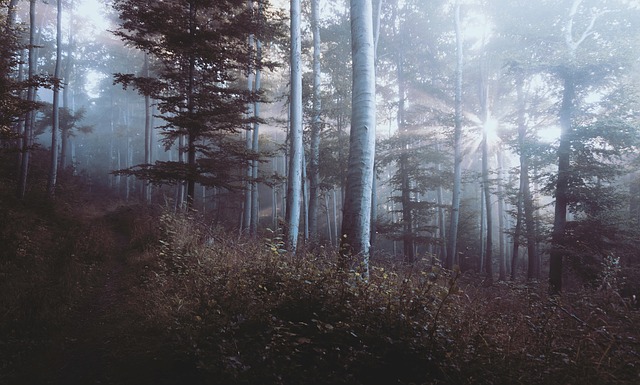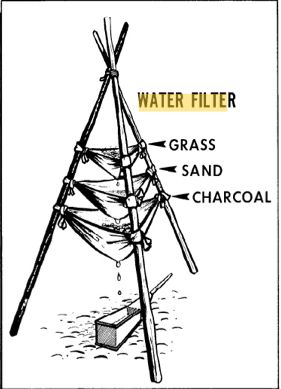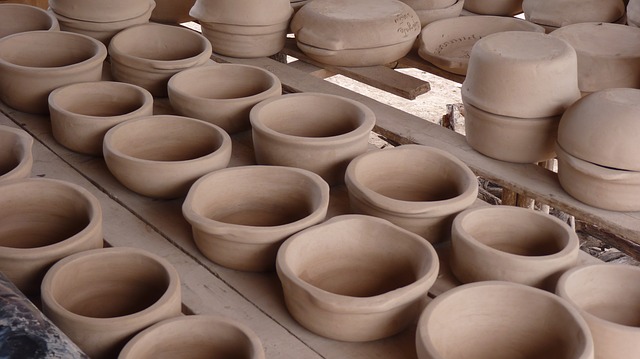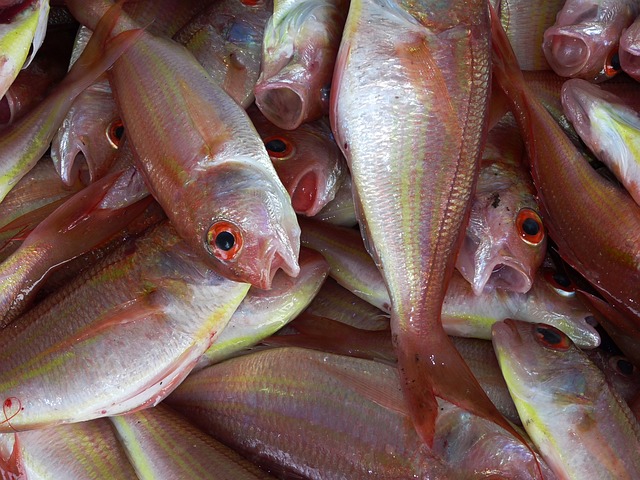
If you find yourself out in the wild suddenly with nothing on you, maybe you weren’t prepared while doing a little exploring out in the forest and then realize you are lost, or maybe you were doing a day hike with friends and you accidentally went off track. Either way, in this article I’m going to be teaching you how to survive the wilderness with nothing on you.
Fortunately for us humans, we are adaptable creatures, so we are fully able to survive in the wild with nothing on us whatsoever. How do you think our ancestors did it? By being creative. Humans are advanced creatures because of our ability to use tools – we can use this to our full potential – well we have to now that we’re lost in the woods.
Shelter: Big Or Small?
What’s the first priority when living in the wild? It’s shelter, because without shelter there is a possibility for hypothermia, and then death.
Do we need a big shelter or small one? A temporary shelter will have to be built for now. For your first night you will be on maximum energy-saving mode UNTIL you find sustainability (clean water and food everyday), so a big shelter is not something you should start with.
A debris hut works brilliantly, a lean-to shelter is great to use with minimum work and is able to keep you warm for the night, and giving you sufficient room for a fire.
You will eventually find out that you have to work with Mother Nature, not against her.
If you don’t know how to make a shelter in the wild ==> Here’s how (Opens in new tab).
Fire: How-To
Your next task is to create a fire. With no fire, there is no food or water. This video below should serve as basic outline of what you need to know and what’s needed before you begin making the fire.
Now that you have your campfire ready, it’s time to search for water.
Water Source: 3 Days Without Water And We Could Die
Sometimes we forget how lucky we are, with instant water from the tap and the help of a water filtration system, it is purely clean and ready to drink within 10 seconds by pouring into a glass.
In the wild, this is impossible to do. Usually you can catch stream water and boil it. But what if there’s no stream in sight? It’s time to do some DIY filtration.

In the image above you are able to get dirty water and filter it with the help of grass, sand and charcoal. Any water catchment can be used. After you have caught enough water it is time to boil it, and then drink 🙂
How To Make A Usable Pot With Clay
If you have nothing to boil it with, you can create a pot out of clay and simply use that.
Step 1 – Finding and Identifying Clay
Where to find clay? You can find clay in lakes, ponds or seashores.
How to identify clay? When clay is wet it will look like mud. However in its dry state it may look like rock.
If you think you found clay, scrape some with a rock or stick and see if it crumbles. Get some into a pile and wet it to see if it dissolves.
If you have to dig for the clay, it is necessary to know that it will be damp underground. If you think you found some, get it into a small pile and wrap it around your fingers – if it doesn’t break then you have probably found some CLAY!
When you have found some clay, start to gather more and be careful of accidentally grabbing stones, twigs, and dirt with it.
Step 2 – Crafting Your Pot And Drying It
Craft your pot using the clay. When you have finished, you will have to put it next to the fire until it has fully dried.

Step 3 – After The Clay Has Finished Drying
When it has finished drying, place it into the fire until it goes rock hard – this may take a while (Roughly 40-50 minutes), so add more firewood to the flame to get it really cranking to make it last the full length of time I have outlined.
Wait for the fire to die down and cool off completely before you attempt to grab the clay pot.
Step 4 – Complete
Your clay pot is fully complete and is ready to use – now boil some water and get hydrated because humans can only live 3 days without water.
Food: What Will You Eat?
There are many different sources of foods to eat in the wild. The idea is to get the food from the land/sea and into your stomach, HOWEVER the hard part is actually catching the food – believe it or not.
Some common food sources include:
Fish – WikiHow has a perfect guide for this.
Crabs – These can be caught in the sea, using the same methods as above.
Mice – You can create mouse traps from natural materials – and with a little practice, can easily be perfected.
Healthy plants – This is a tough one and not recommended for everyone. If you are willing to learn about different plants, how to identify the poisonous from the healthy/edible plants then go ahead and learn more about this.
In a survival situation it could mean the difference between dying, or coming home again to see family and friends and living to tell the tale.
Conclusion
Of course, these are just the basics of surviving. Survival is much more than this, however if you are able to master your shelter building, fire making, water preparing and food hunting, your chances of seeing family and friends again have drastically increased.
It is worth the effort to learn how to survive out in the wild alone with no one to rely on, because you are priceless and worth EVERYTHING to your family and friends.
